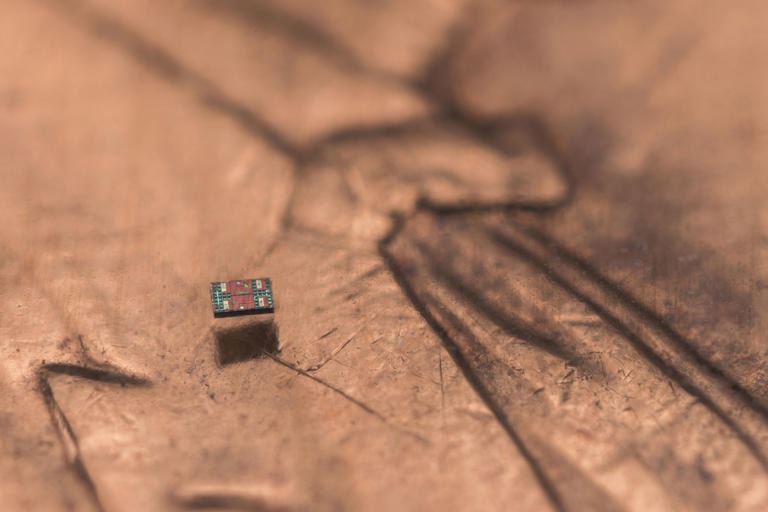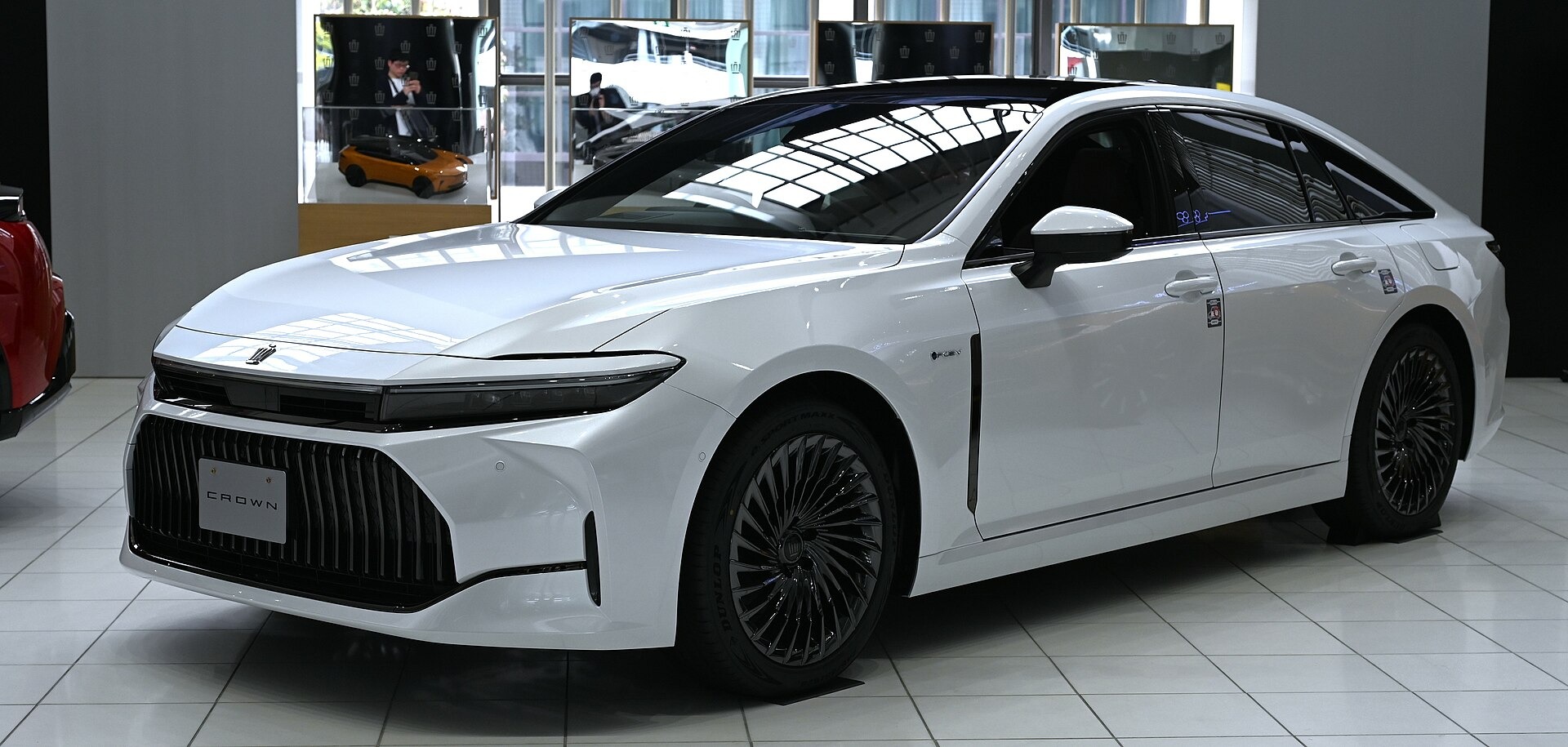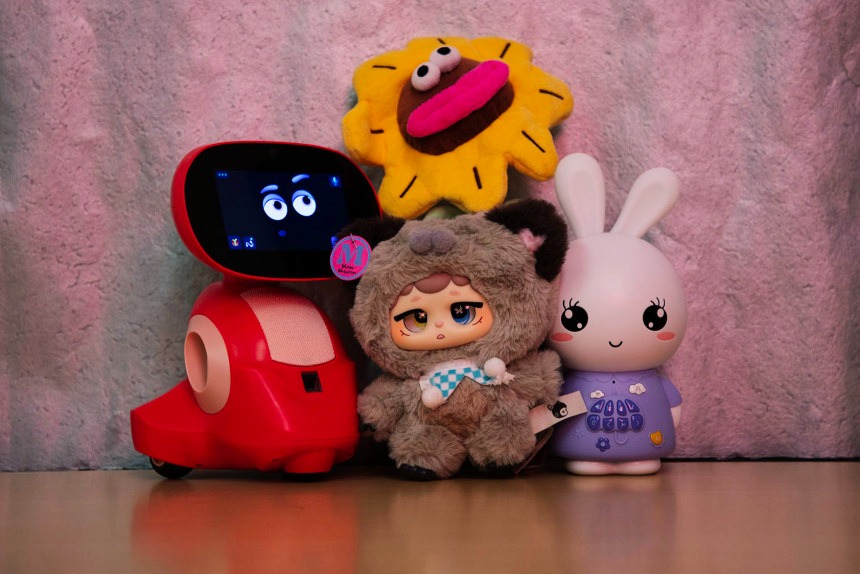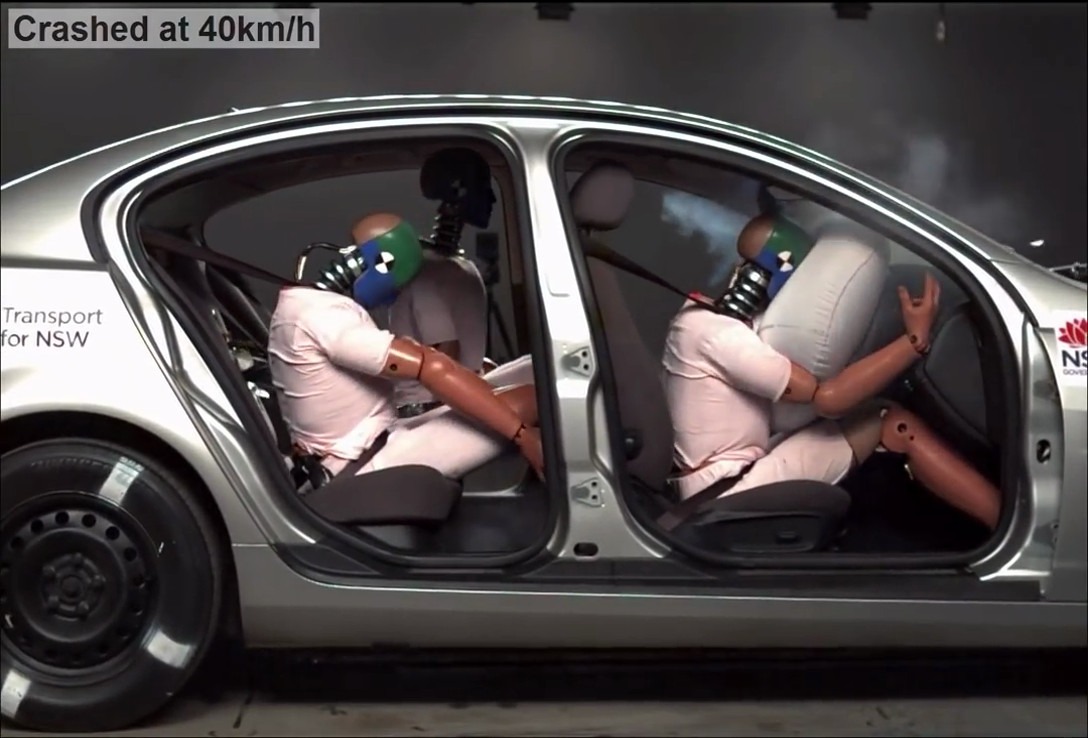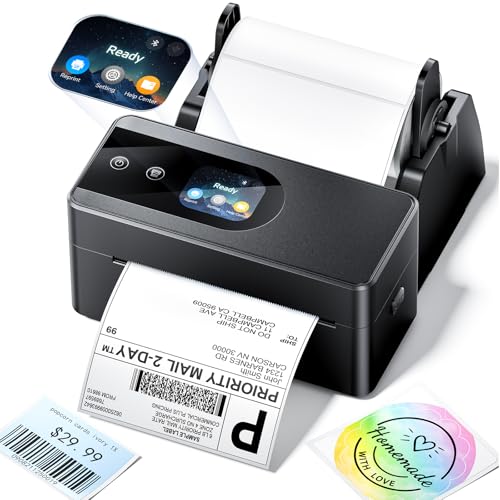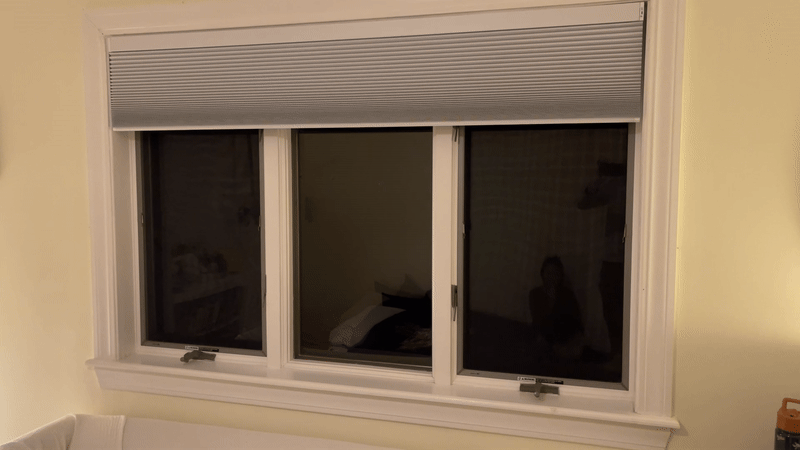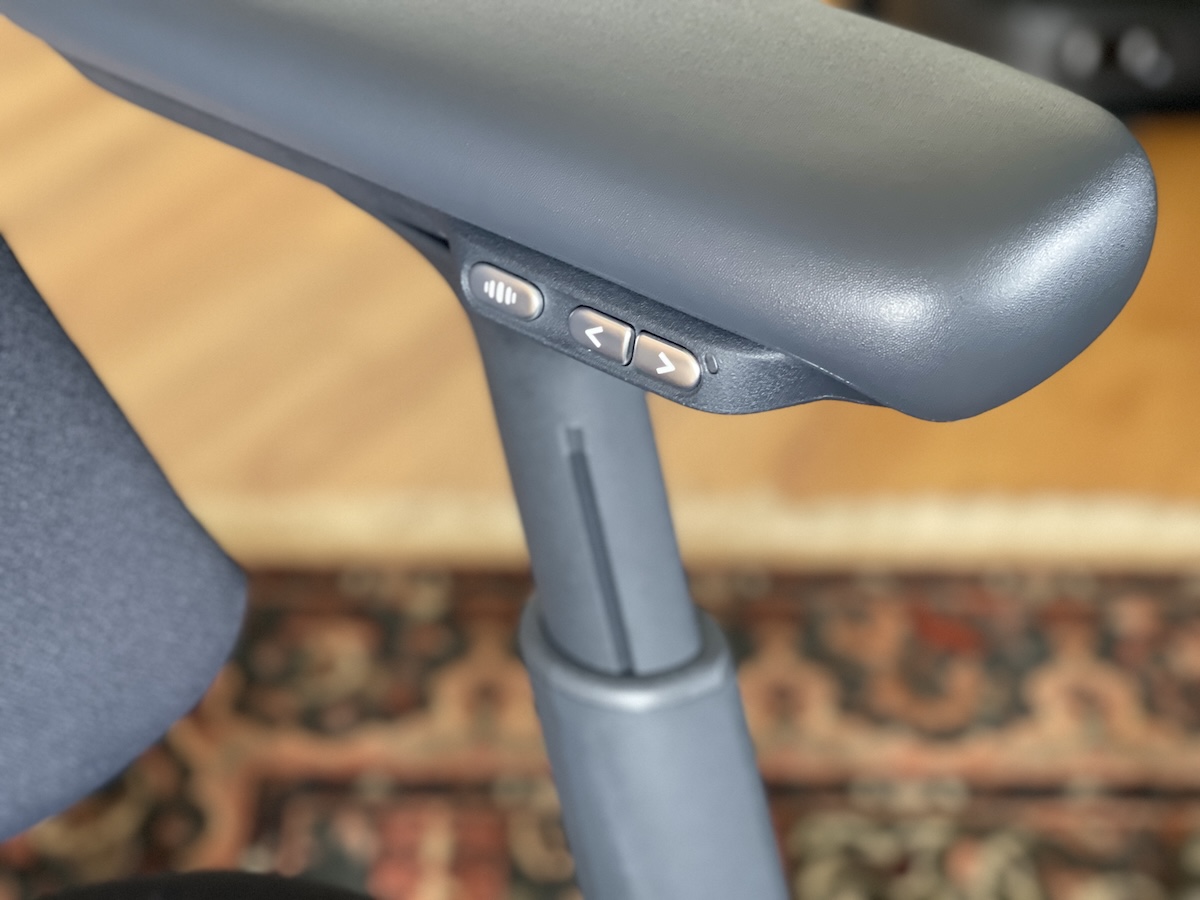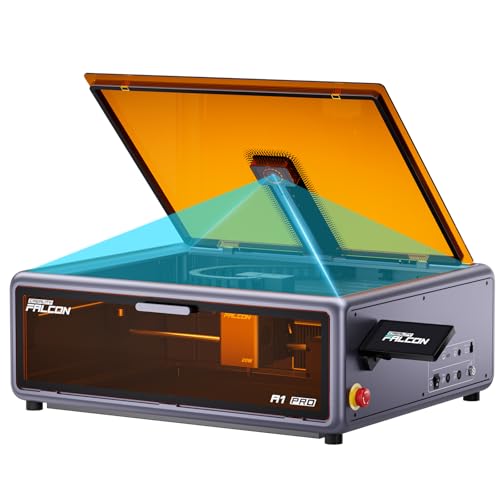Picture this: it’s the 1930s, and the world is changing at breakneck speed. Isn’t it fascinating how things that were once absolutely essential can vanish so quickly? That’s the thing about progress—it keeps marching forward, leaving behind all sorts of interesting artifacts from earlier times.
You know what’s wild? The sheer number of innovations that completely transformed daily life back then. Let’s explore 25 everyday necessities that people once couldn’t imagine living without. Each one tells us something about how rapidly our world evolves—kind of makes you wonder what modern conveniences we take for granted might disappear next!
25. Party Line Telephones
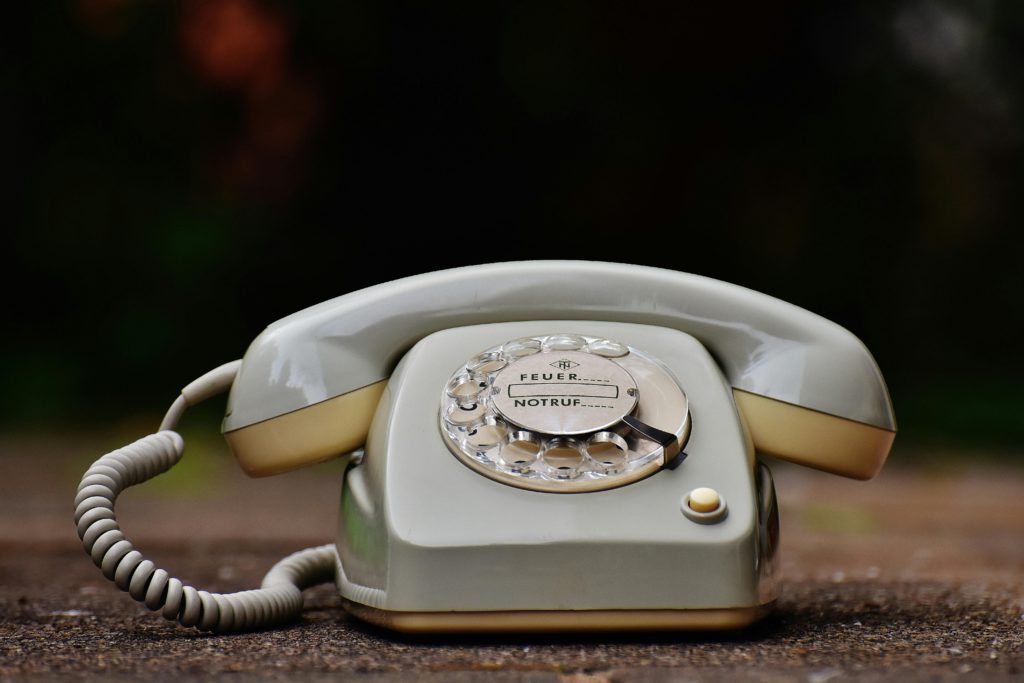
Neighborhood gossip had no firewall when party line telephones turned every conversation into a communal broadcast. Each household had their own special ring pattern—maybe two short rings for the Johnsons and three long ones for the Smiths.
The funny thing about party lines? Privacy was practically non-existent. Neighbors could (and often did) listen in on each other’s calls! Eventually, as technology improved, private lines became the norm, and these communal connections faded into history. Thank goodness, right?
24. Washboards

For homemakers battling stubborn stains, the washboard was the original muscle-powered cleaning technology that transformed laundry day into an upper-body workout. Made of wood and metal, these simple tools required serious elbow grease—you’d literally scrub your clothes against those ridges until the dirt came out.
Can you imagine spending your entire Monday just doing laundry? No wonder they called it “wash day”! Today’s automatic washers sure make things easier, don’t they?
23. Manual Water Pumps

If you wanted water before modern plumbing, these cast-iron sentinels demanded a workout just to quench your thirst. You’d grab that lever and work it up and down to draw water up from underground wells.
Isn’t it incredible to think about how much work went into something as simple as getting a glass of water? Today, we have 15 life-changing inventions we can’t live without, but back then, just having running water was revolutionary! Just flip a tap today, and there it is! Electric pumps eventually made these manual versions obsolete—though don’t they make charming garden ornaments now?
22. Zeppelins

Before airplane travel became the norm, luxury airships promised transatlantic travelers an experience that was part transportation, part floating hotel. Unfortunately, everything changed after the Hindenburg disaster in 1937.
Have you ever seen that famous footage? Absolutely terrifying! No surprise that public confidence in airship travel plummeted practically overnight. Conventional airplanes quickly took over, and the golden age of zeppelins came to a dramatic end.
21. Tin Lunch Pails
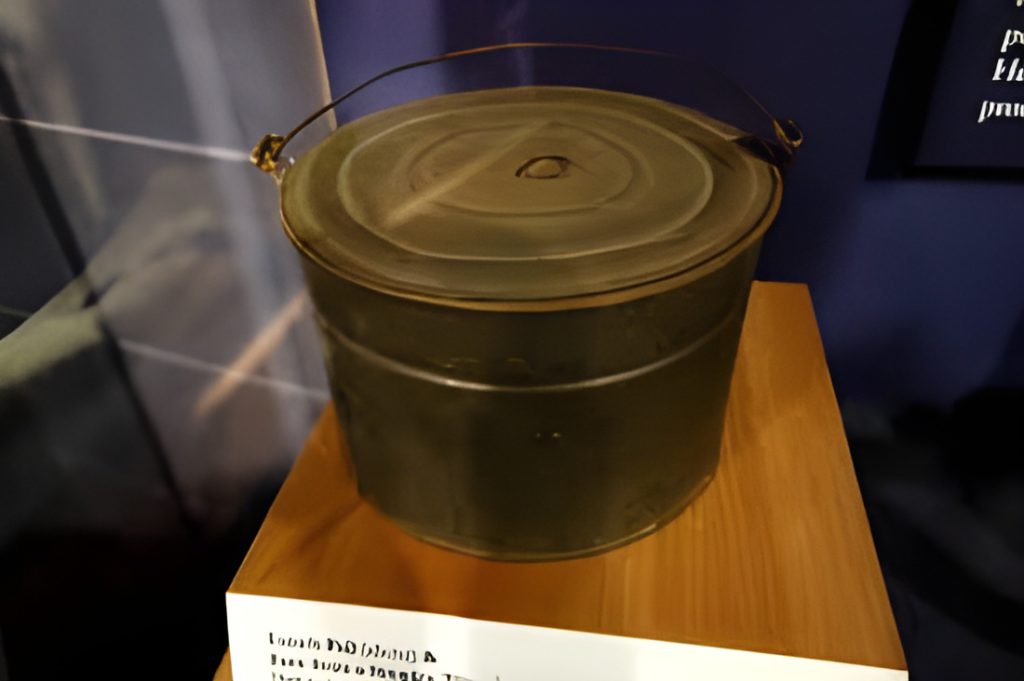
Workers and schoolchildren relied on these no-nonsense metal containers when food preservation meant durability over design.
It’s kind of sweet when you think about it, isn’t it? Eventually, more modern designs replaced these classics, but don’t you occasionally spot vintage-inspired versions in hipster cafés these days?
20. Hand Cranked Engines

Get this—many of today’s mechanics have never even touched a hand crank! But back in the early 1900s, that’s how you started your car. You’d literally have to get out, go to the front, and crank a handle to get the engine going.
And talk about dangerous! If the engine backfired (which happened pretty often), that crank could spin backward and break your arm! No wonder people were so relieved when electric starters came along. Makes pushing a button or turning a key seem pretty luxurious, doesn’t it?
19. Shortwave Radios

Don’t you find it amazing how people used to connect across vast distances? Shortwave radios were technological marvels that could broadcast signals across entire continents! During wartime, they became lifelines for information.
Think about it—before the internet and satellite TV, these devices were how people received news from around the world. Wild, right? Now we just pull out our phones and instantly connect to practically anyone, anywhere.
18. Silent Films
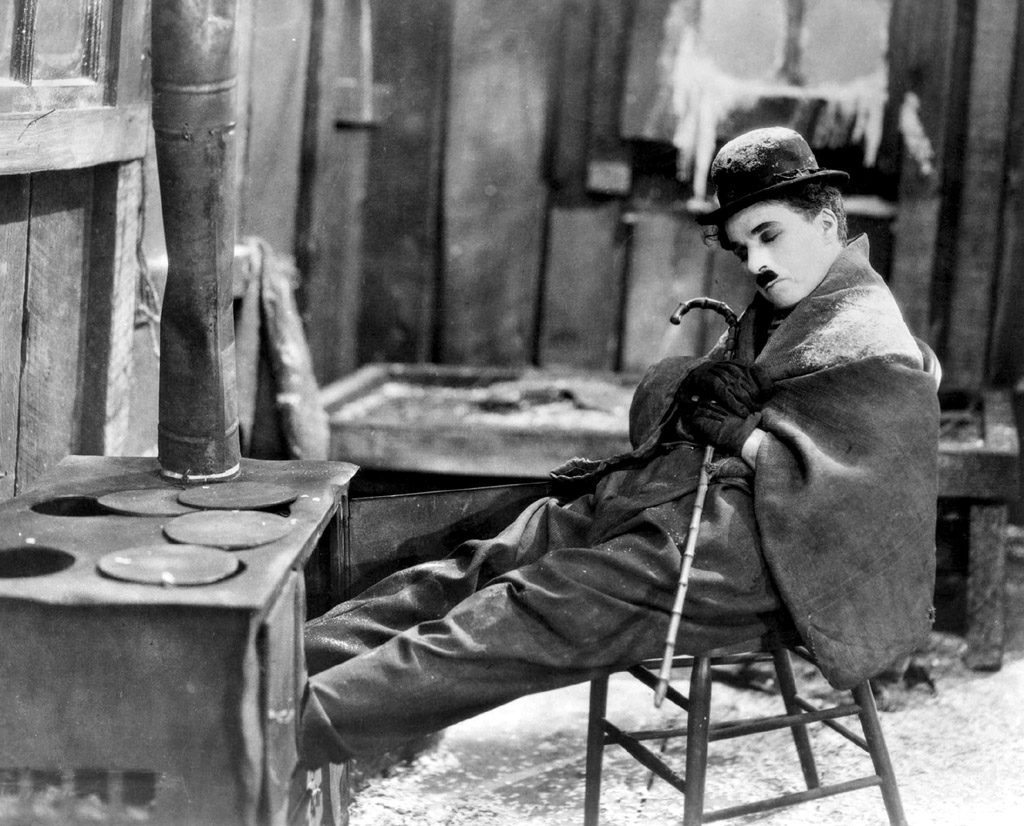
Before spoken dialogue, actors told entire stories through exaggerated expressions that could make or break a performance.
Little cards with dialogue would pop up between scenes to help you follow along. Can you imagine how revolutionary it must have felt when “talkies” first appeared? The public went crazy for them, and silent films quickly became things of the past.
17. Sad Irons

Why “sad”? Because they were heavy—that’s literally what the name means! These cast-iron pressing tools weighed a ton and needed constant reheating on a stove or fire.
Want to hear something crazy? People actually had to test them by spitting on the bottom to see if they were hot enough! Burns were super common, and ironing day was absolutely exhausting. No wonder electric irons were embraced so enthusiastically—wouldn’t you prefer not to risk third-degree burns while pressing your shirts?
16. Canning Jars

Survival wasn’t just a mindset during the Great Depression—it was preserved in every carefully sealed mason jar. Families would preserve their harvests to make it through lean winter months.
Mason, Lightning, Atlas—these weren’t just brand names, they were lifelines! Isn’t it interesting how refrigeration changed everything? What was once a necessary skill passed down through generations became a hobby rather than a necessity.
15. Homemade Soap

When times got tough during the Depression, many families went back to making their own soap using animal fats and wood ashes. Can you imagine the process? You’d have to make your own lye first, which was incredibly caustic and dangerous.
It’s pretty remarkable how something so basic became industrialized, isn’t it? Store-bought soap eventually became so affordable that the homemade variety faded into history—though it’s making a surprising comeback with artisanal soapmakers today!
14. Radio Consoles

Before televisions took center stage, the radio console was the heart of home entertainment. These weren’t just appliances—they were beautiful pieces of furniture! Families would gather around in the evening to listen to their favorite programs.
Don’t you think there’s something special about that shared experience? As televisions and smaller radios became more popular, these grand consoles lost their place of honor in the living room. Kind of makes you nostalgic for a time you probably never experienced, doesn’t it?
13. Running Boards

When cars sat high and elegance meant practicality, running boards were the stylish step between ground and vehicle.
Many classic car enthusiasts find them particularly charming. As car designs evolved and became lower to the ground, running boards disappeared—though some SUVs and trucks have reintroduced modern versions. Funny how fashion cycles back around, isn’t it?
12. Slide Rules

Engineers once conquered complex calculations with nothing more than precisely marked scales and mathematical intuition. These analog computing devices performed complex calculations through precisely marked scales that could be aligned in different ways.
Hard to believe, right? Something so simple helped design bridges and skyscrapers! Once electronic calculators arrived, though, slide rules quickly disappeared into desk drawers and museums. Progress marches on, doesn’t it?
11. Oil Lamps

Before electricity illuminated homes, families navigated darkness with the flickering, sometimes dangerous glow of kerosene.
They were messy, dangerous, and didn’t provide great light—but they were all people had! Electric lights must have seemed absolutely miraculous when they first appeared. Talk about a bright idea that changed everything!
10. Depression Glass

When times were tough, a splash of color came free with your grocery purchase—turning economic struggle into a collectible art form. Depression glass—those colorful, mass-produced dishes often given away with purchases during hard times—brought a bit of cheer to otherwise sparse homes.
Companies would include it in flour bags or give pieces away at movie theaters as incentives. Despite its imperfections, or maybe because of them, depression glass has become incredibly collectible. Funny how value changes over time, isn’t it?
9. Bolt Action Rifles
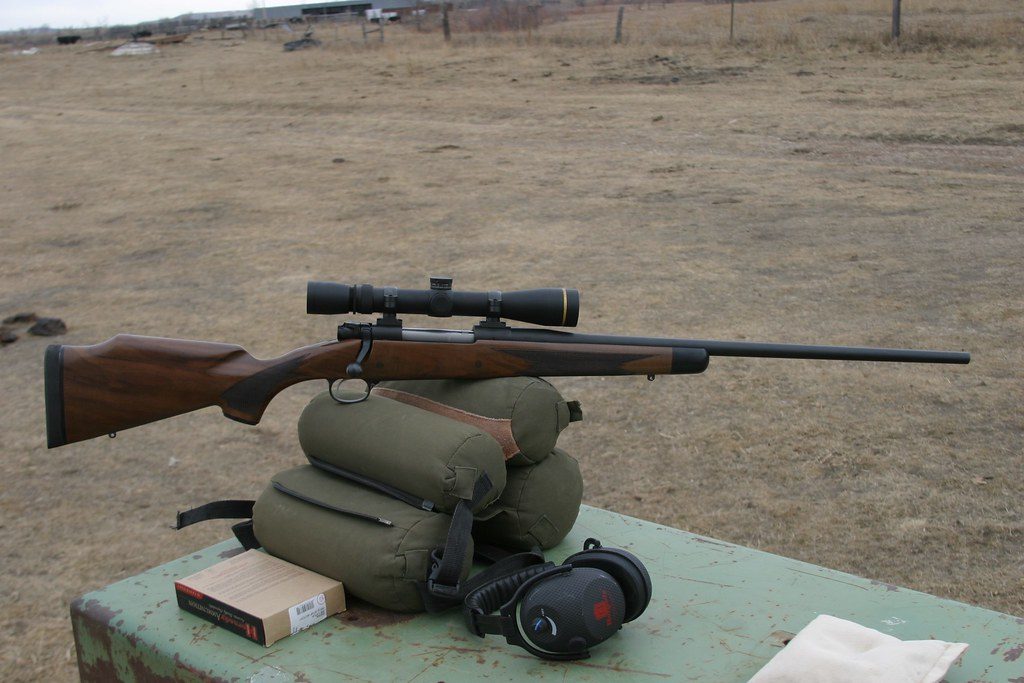
Ever wonder why some rifles require you to manually work a bolt between shots? Before semi-automatic firearms became widespread, bolt-action rifles were prized for their accuracy and reliability.
Hunters and soldiers alike depended on these firearms, even though they required you to physically eject the spent cartridge and chamber a new round after each shot. Technology eventually provided faster alternatives, though many still appreciate the craftsmanship of these classics. Sometimes newer isn’t always better, right?
8. Sulfa Drugs

Before antibiotics became a medical miracle, these early treatments were the thin line between life and death. They literally saved countless lives!
The downside? They often cause pretty severe side effects. When penicillin came along, it quickly proved more effective and safer. Medicine has come such a long way in such a short time—it makes you grateful to be alive now rather than then, doesn’t it?
7. Wooden Wheels

Steel-belted radials weren’t always an option! Cars and carriages once rolled around on wooden wheels, typically made from sturdy hickory. They worked well enough but weren’t exactly what you’d call a smooth ride.
As steel wheels and eventually pneumatic tires came along, wooden wheels quickly became outdated. Can you imagine driving on wooden wheels today? Your morning commute would be much more adventurous!
6. Chamber Pots
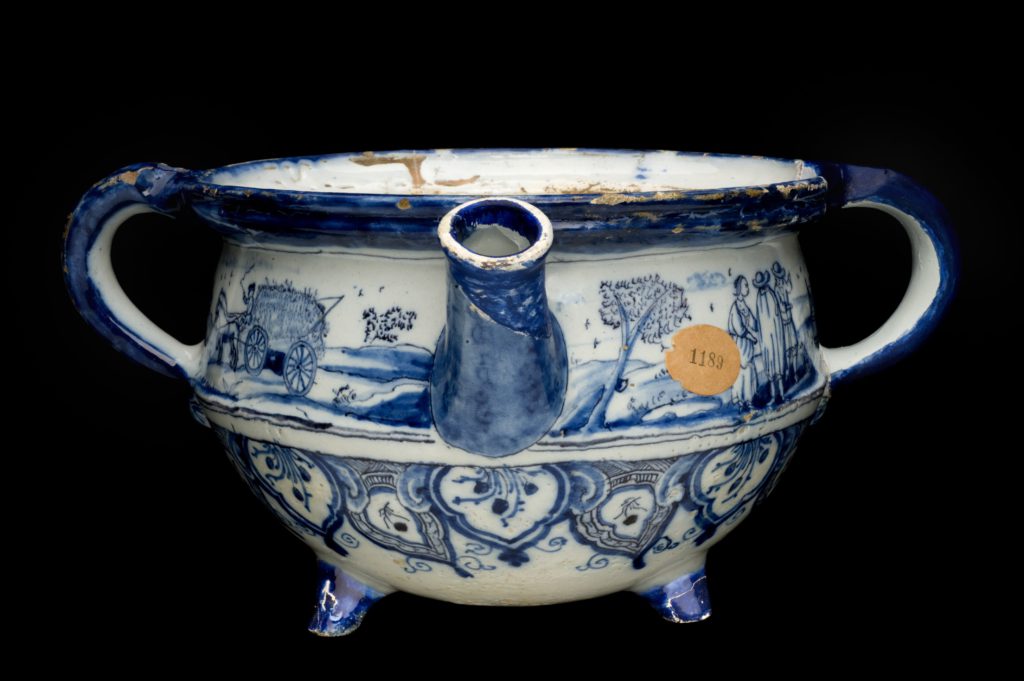
If you think morning bathroom routines are inconvenient now, imagine navigating nighttime relief with a portable ceramic solution. People relied on chamber pots—essentially portable toilets kept under beds or in closets for nighttime use.
Not the most glamorous subject, is it? But think about how revolutionary modern toilets must have seemed when they first appeared. Some conveniences we really shouldn’t take for granted!
5. Windup Gramophones

Before Spotify and even before electric record players, people enjoyed music through windup gramophones. You’d literally have to crank them up before each song!
Isn’t there something charming about that mechanical approach to music? The sound quality wasn’t great by today’s standards, but there was something magical about hearing music in your home at all. Electronic alternatives eventually made these obsolete, but don’t they make delightful decorative pieces now?
4. Typewriters

Before digital delete keys, every keystroke was a commitment written in permanent ink.
There was something so immediate about seeing your words appear on paper with each keystroke, wasn’t there? Electric typewriters and eventually computers offered faster, more flexible options. Though I have to ask—don’t you sometimes miss the finality of typing something without a delete key?
3. Vacuum Tube Calculators

Today’s pocket calculators are marvels of miniaturization, but the earliest electronic calculators used vacuum tubes and were absolutely enormous! These early computers were groundbreaking but incredibly bulky.
When transistors came along, vacuum tubes quickly became dinosaurs. It’s pretty remarkable to think about how quickly technology evolved, don’t you think? From room-sized calculators to smartphones that fit in your pocket—what an incredible journey!
2. Ice Delivery Tongs

Hard to believe, but people used to have ice delivered to their homes! Special tongs were used to carry those heavy blocks from ice wagons into homes, where they’d be placed in “iceboxes” to keep food cold.
Can you imagine planning your meals around the ice delivery schedule? Electric refrigerators changed everything—no more puddles on the kitchen floor or emergency food consumption when the ice melted too quickly! Sometimes the most revolutionary changes are the ones we take most for granted.
1. Fake Medical Devices
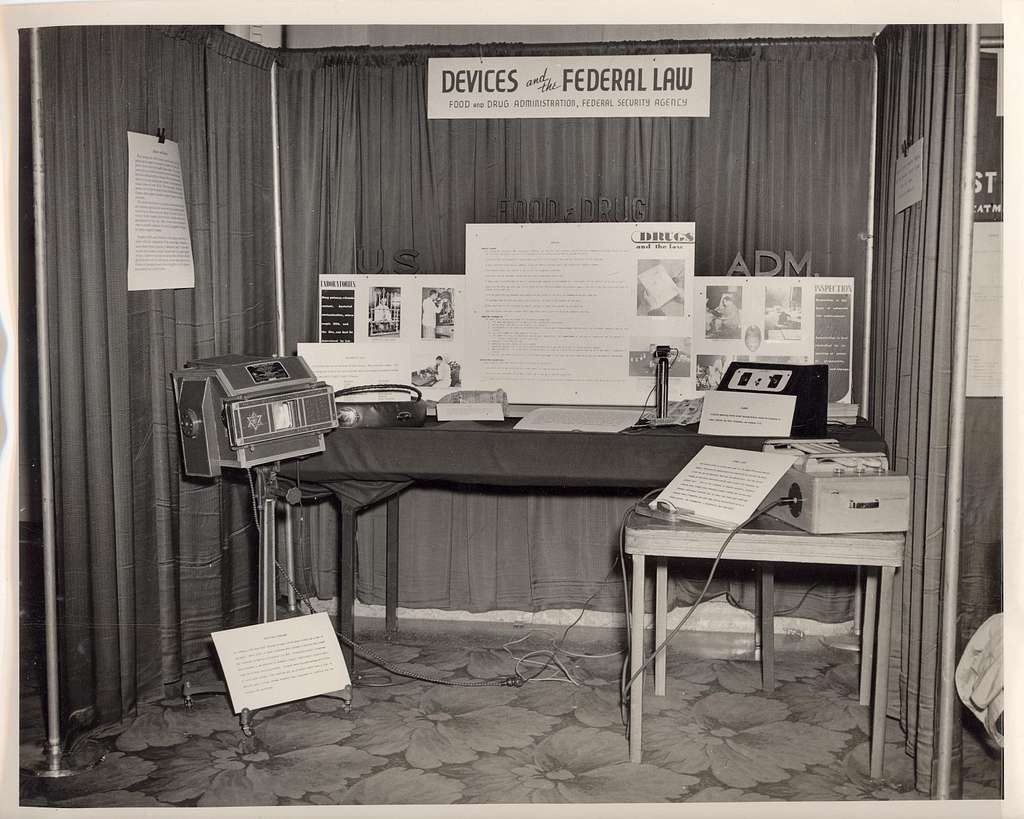
Unfortunately, not all obsolete items deserve our nostalgia. The 1930s saw plenty of fraudulent medical devices promising miracle cures for everything from baldness to cancer.
Before the FDA had real regulatory power, snake oil salesmen had a field day! Thankfully, modern medicine relies on evidence rather than empty promises. Some aspects of the “good old days” are definitely best left in the past, wouldn’t you agree?









